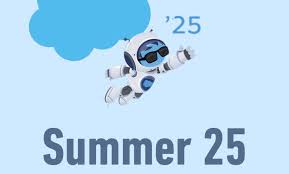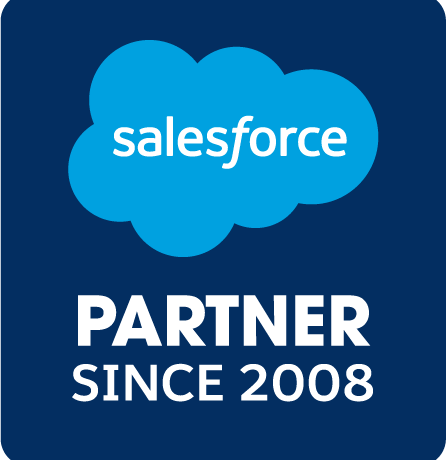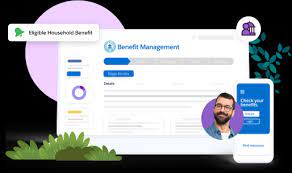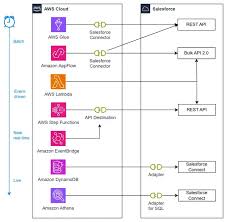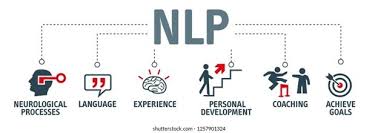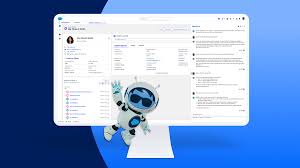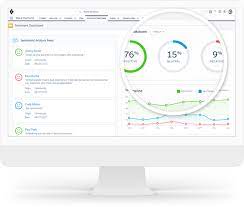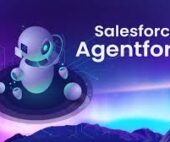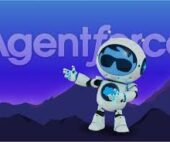Industry-Specific Innovations: Summer ’25 Release Highlights
Transformative Updates Across 20+ Industries Salesforce Summer ’25 delivers 150+ industry-specific enhancements designed to automate workflows, enhance customer experiences, and drive operational efficiency. Here’s what matters for your sector: 🚗 Automotive Cloud Impact: 40% faster loan approvals at leading auto lenders 🏥 Health & Life Sciences Feature Benefit Therapy Stage Orchestrator Handles 5x larger transaction volumes Clinical Site Selection Console 80% faster trial site activation Waitlist Management 30% fewer no-shows with timezone-aware scheduling New in Pharma: AI-powered participant matching for clinical trials 💰 Financial Services Pro Tip: Use new Loan Origination APIs to cut verification time by half 🛒 Consumer Goods Retailer Impact: 15% higher fulfillment accuracy at major CPG firms ⚡ Energy & Utilities Case Study: Utility reduced field service costs by 18% with new vehicle allocation tools **📚 Education Cloud Student Success Suite Adoption Stats: 92% student satisfaction in pilot programs **🌱 Net Zero Cloud CSRD Compliance Toolkit Sustainability Impact: 60% faster ESG reporting at enterprise level **🤝 Nonprofit Cloud Fundraising Revolution Grantmaking Innovation: Auto-generated progress reports from templates Cross-Industry Game Changers Implementation Toolkit ✅ Industry Playbooks: Step-by-step rollout guides✅ Release Readiness Trails: Hands-on training modules✅ Sandbox Enablement: Test new features today “These industry innovations represent our largest vertical-specific release ever,” says Salesforce EVP of Industries. Download Industry Fact Sheets | Book Technical Office Hours Which industry solution will you deploy first? Like Related Posts Salesforce OEM AppExchange Expanding its reach beyond CRM, Salesforce.com has launched a new service called AppExchange OEM Edition, aimed at non-CRM service providers. Read more The Salesforce Story In Marc Benioff’s own words How did salesforce.com grow from a start up in a rented apartment into the world’s Read more Salesforce Jigsaw Salesforce.com, a prominent figure in cloud computing, has finalized a deal to acquire Jigsaw, a wiki-style business contact database, for Read more Service Cloud with AI-Driven Intelligence Salesforce Enhances Service Cloud with AI-Driven Intelligence Engine Data science and analytics are rapidly becoming standard features in enterprise applications, Read more

